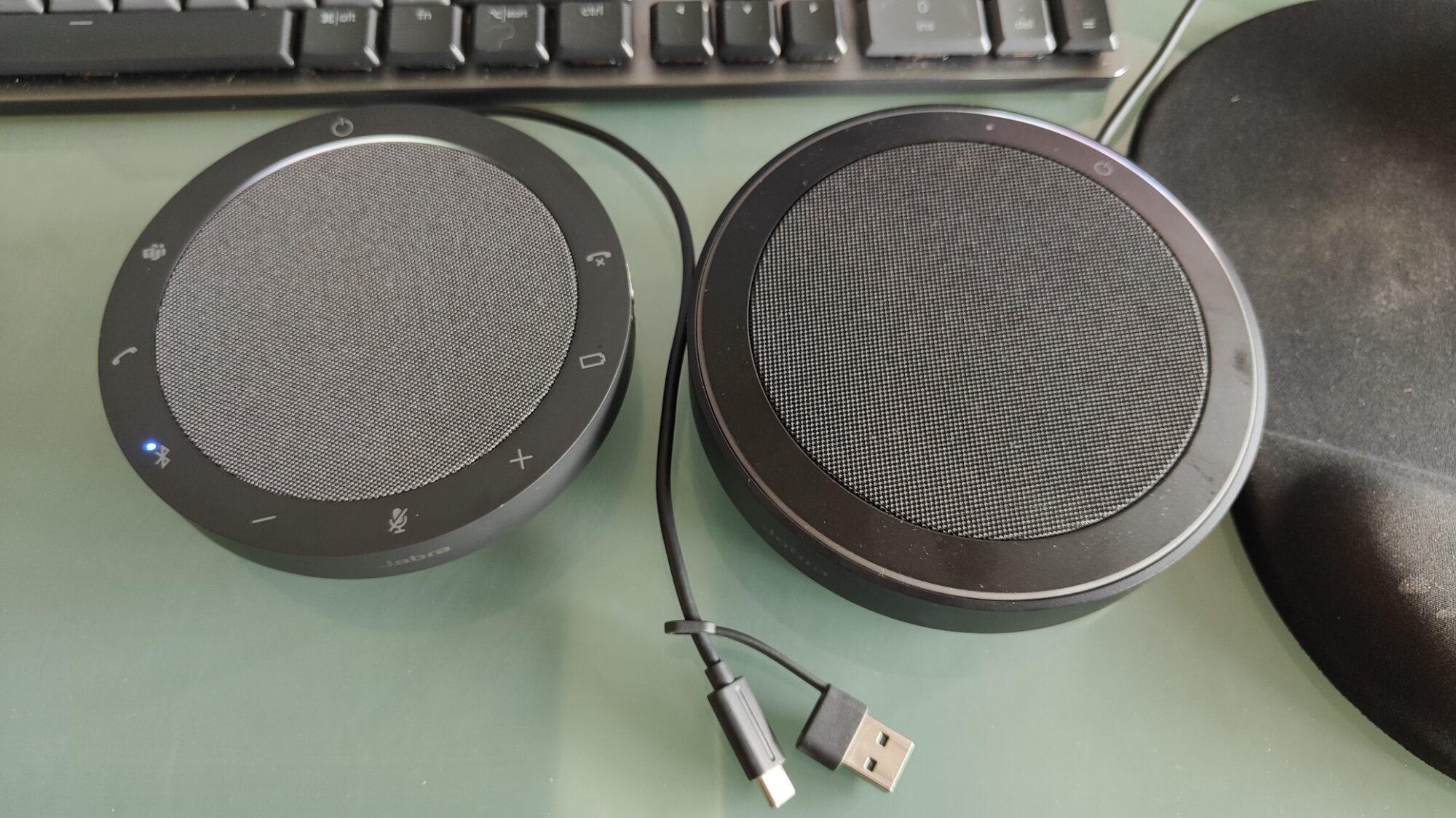Intuit Inc. , the global financial technology platform that makes Intuit TurboTax, Credit Karma, QuickBooks, and Mailchimp, has announced a host of product enhancements and a completely revamped popup forms experience in beta to help marketers target and engage site visitors with branded, interactive popup forms to grow their audience. With popup forms, marketers can grow their customers using customisable, mobile-first designs for deeper audience targeting and seamless zero-party data collection. Popup forms empower marketers to collect data directly from customers and prospects, which enables AI-powered, truly personalised marketing.
While e-commerce businesses will see significant value from popup forms, the solution is designed to support a wide range of industries. With eight different and new offer types, businesses can use popups to drive conversions with opt-ins customers are already looking for, like discount promotions, free shipping, free content, consultations, contests and giveaways, event signups, newsletter subscriptions, and more. The variety of popup offer types ensure marketers can collect richer audience insights than they were able to do before.
“Marketers are increasingly prioritising ownership of their customer relationships and data, with lead generation as a crucial step toward long-term success,” says Fay Kallel, VP of Product and Design at Intuit Mailchimp. “Popup forms solve a top pain point for marketers and SMBs, allowing them to collect data directly from customers, creating a frictionless way to capture leads, grow their customers, and build deeper, more meaningful relationships. Compelling data capture provides the foundation for how marketers can leverage AI for more effective personalisation, and we’re making it easier than ever for them to integrate this effective tool into their strategies.”
Popup Forms Addresses Key Marketing Pain Points
Before marketers can effectively connect with customers through email and SMS campaigns, they first need a seamless way to capture opt-ins. Popup forms simplify this process by making it more intuitive for marketers and more personalised for customers, helping ensure higher engagement and conversion rates from the start with benefits like:
- Unlimited design customisation to create beautiful, mobile-first popups..
- Access to 80+ fully-designed templates to streamline setup and maximise results.
- Full customisation of templates— including fonts, buttons, colors, imagery, logos, and layout— for a design that matches brand identity.
- Dynamic visitor targeting with custom filters and triggers that can help convert traffic into subscribers.
- Seamless zero-party data capture to build richer customer profiles for targeted email and SMS campaigns.
- Opt-in lead generation that can help reduce acquisition costs and accelerate list growth.
Since integrating popup forms into his marketing strategy last month, Joe Gray, Senior Manager of Digital Marketing at Avenova, has seen a significant boost in customer opt-ins, growing his organisation’s SMS list by 27% in just one month. “We were thrilled to gain deeper insights into our customers’ behavior and journey—understanding how they discovered our brand and what drives their purchasing decisions,” says Gray.
Integrating Amped Into Mailchimp’s Core Product
Mailchimp’s new popup forms offering is built on technology Intuit acquired from Amped in 2024. The technology allows brands to have full control of the form’s design to connect with their audiences, drive growth, and stay competitive in today’s market.
“We’re excited to bring Amped’s powerful functionality into Mailchimp’s core product,” says Matt Cimino, Product Lead and Founder of Amped. “As consumer behavior evolves, marketing tools must evolve with it to create authentic connections with their customers and prospects. Today, roughly 75% of website visitors browse on mobile, yet most popup forms are still built for desktop experiences. This next generation of popup forms changes that with fully responsive, mobile-first designs that eliminate friction, making it easier than ever for marketers to connect with and convert new customers by meeting them where they are.”
Customers across all Mailchimp plans can soon access, create, and publish popup forms—enabling seamless customer engagement from day one. The refreshed popup forms feature is rolling out in English to Mailchimp customers in Australia, Canada, the United Kingdom, and the United States, with full global availability coming soon.
Dropping the Beat on popup forms
To celebrate the refresh of popup forms, Mailchimp’s in-house creative agency, Wink Creative, is turning up the volume with their latest brand campaign, “Popup Like It’s Hot.” The team remixed an iconic hip-hop track to create a high-energy marketing anthem that highlights how marketers can seamlessly grow their audience with popup forms. With catchy, campaign-driven lyrics, the track lays down the beat for marketers looking to strengthen their customer base and drive revenue growth. The ad will be featured across various channels including podcasts, social media, and more.
“Bringing this campaign to life over the iconic early 2000s hip-hop beat was an exciting challenge that pushed our creative boundaries,” says Jeremy Jones, Executive Creative, Wink Creative at Mailchimp. “Our team, in collaboration with Breakfast for Dinner, leveraged a blend of still imagery and emerging AI technologies to produce something truly unique. This approach not only increased flexibility and efficiency in our creative process but also reimagined how we bring Mailchimp’s popup forms to market—delivering an innovative campaign that excites marketers about this powerful reinvention.”
Additional Features Launching Soon
Soon, there will be more ways for Mailchimp customers to organise their customer data, enhance lead generation, and drive real ROI for customers with an improved integration with thelead ads portfolio from Meta. This updated experience automatically syncs new leads from Meta Business Suite (including Facebook, Messenger, and Instagram) directly into Mailchimp, streamlining the process of capturing and organising contacts. Customers can effortlessly nurture leads by automating personalised email campaigns, turning new prospects into loyal customers with ease.
In addition to the launch of popup forms and an upcoming improvement to the integration with the lead ads portfolio from Meta, Mailchimp customers can enjoy new ways to interact with a simplified Customer Journey Builder, easier audience management with new .xlsx Microsoft Excel file imports, and new access to promo codes in the SMS editor for customers with SMS marketing plans. For more information, visit Mailchimp’s What’s New page.
